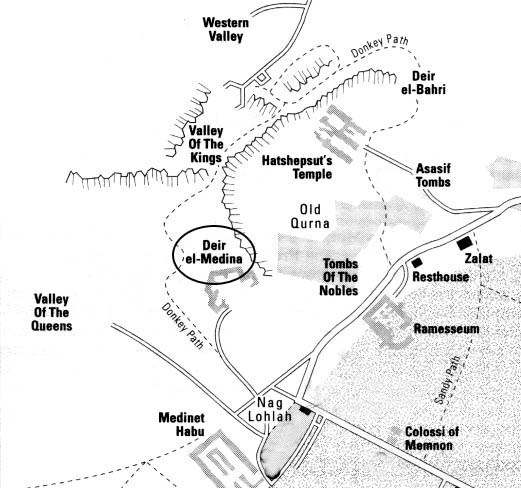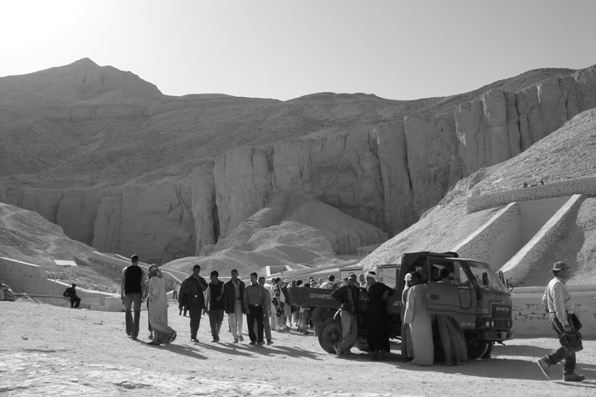
www.willhiteweb.com - Hiking, Climbing and Travel
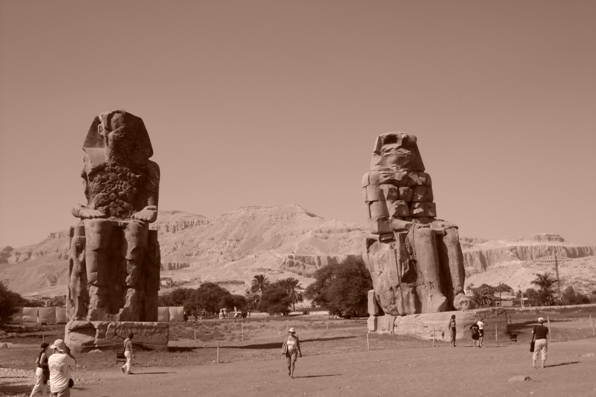
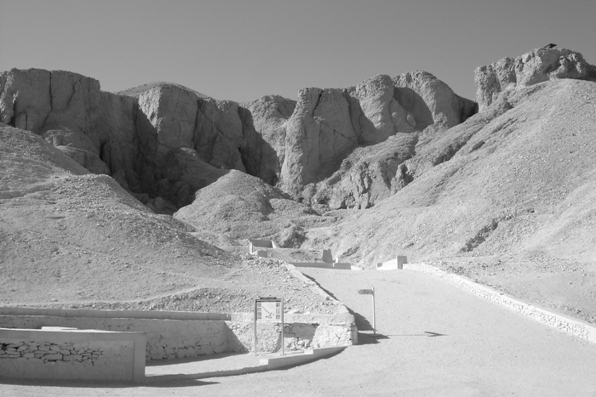
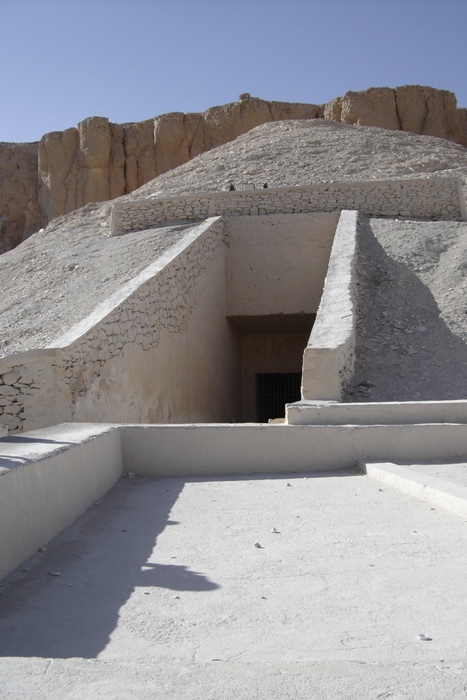
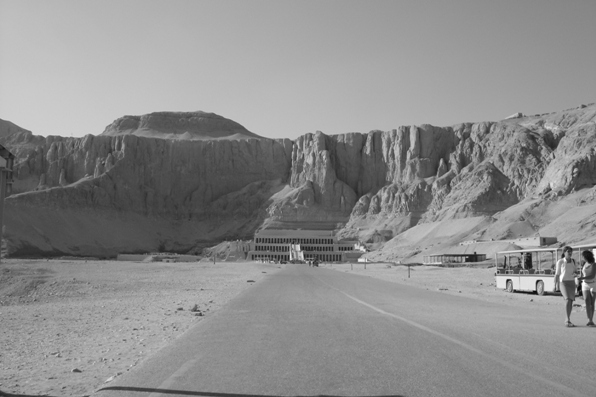
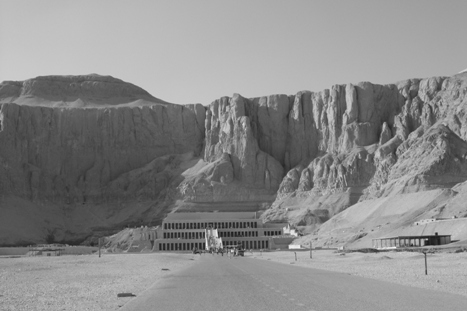
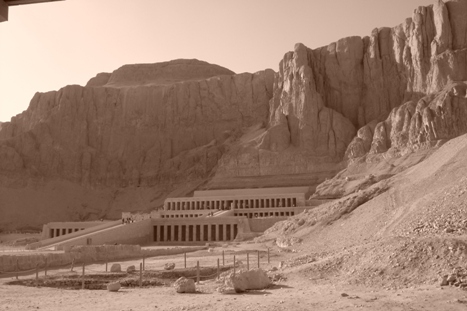
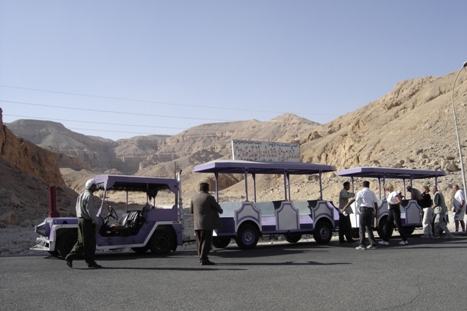
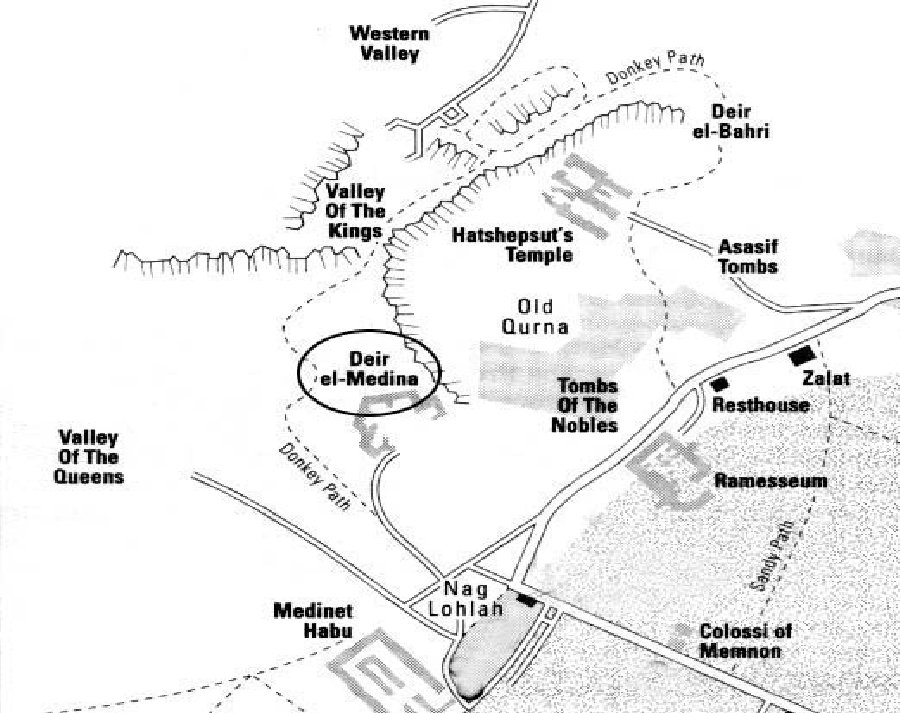
Below: Map for the Valley of the Kings and Queens
Colossi of Memnon
Temple in the Valley of the Queens
Temple in the Valley of the Queens
Carts if you dont want to walk
Valley of the Kings
Valley of the Kings
Temple in the Valley of the Queens
Tomb entrance in the Valley of the Kings
KV 01 Ramses VII
KV 02 Ramses IV
KV 03 Cache of Ramses III
KV 04 Ramses XI
KV 05 Sons of Ramses II
KV 06 Ramses IX
KV 07 Ramses II
KV 08 Merenptah
KV 09 Ramses V / VI
KV 10 Amenmeses
KV 11 Ramses III
KV 12 Unknown
KV 13 Bay
KV 14 Tausert / Setnakht
KV 15 Seti II
KV 16 Ramses I
KV 17 Seti I
KV 18 Ramses X
KV 19 Mentuherkhepshef
KV 20 Hatshepsut
KV 21 Two Queens
KV 22 Amenhetep III
KV 23 Ay
KV 24 Unknown
KV 25 Akhenaten (?)
KV 26 Unknown
KV 27 Unknown
KV 28 Unknown
KV 29 Unknown
KV 30 Unknown
KV 31 Unknown
KV 32 Unknown
KV 33 Cache of Tuthmosis III
KV 34 Tuthmosis III
KV 35 Amenhetep II
KV 36 Maiherperi
KV 37 Cache of Tuthmosis III
KV 38 Tuthmosis I
KV 39 Unknown
KV 40 Unknown
KV 41 Unknown
KV 42 Hatshepsut-Meryetre
KV 43 Tuthmosis IV
KV 44 Anen (?)
KV 45 Userhet
KV 46 Yuya and Thuya
KV 47 Siptah
KV 48 Amenemopet
KV 49 Maya (?)
KV 50 Animals
KV 51 Animals
KV 52 Animals
KV 53 Unknown
KV 54 Cache of Tutankhamen
KV 55 Tiye, Akhenaten or Other
KV 56 Unknown
KV 57 Horemheb
KV 58 Cache of Ay
KV 59 Unknown
KV 60 Two Women (Setri In?)
KV 61 Unknown
KV 62 Tutankhamen
KV 63 New Tomb - Unknown
A list of the tombs discovered so far:
The Valley of the Kings was the royal cemetery for Pharaohs located on the west bank of the Nile at Luxor. For a period of nearly 500 years from the 16th to 11th century BC, tombs were constructed for the Pharaohs and powerful nobles. The only entrance to the Valley of the Kings was a long narrow winding path. This secret place was guarded by sentries at the entrance of the valley and at the top of the hills to discourage tomb robbers. The tombs in the Valley range from a simple pit to a tomb with over 121 chambers and corridors. The royal tombs are decorated with scenes from Egyptian mythology and give clues to the beliefs and funerary rituals of the period. Almost all of the tombs seem to have been opened and robbed in antiquity, but they still give an idea of the opulence and power of the rulers of this time. In 1827, John Wilkinson painted the numbers 1 through 21 at the entrances of the tombs that were then visible. This area has been a focus of archaeological and egyptological exploration since the end of the eighteenth century, and its tombs and burials continue to stimulate research and interest. In modern times the valley has become famous for the discovery of the tomb of Tutankhamun, and is one of the most famous archaeological sites in the world. In 1979, it became a World Heritage Site, along with the rest of the Theban Necropolis. Exploration, excavation and conservation continues in the valley today.
Valley of the Kings, Egypt
The Valley of the Queens is where wives of Pharaohs were buried in ancient times. It was known as Ta-Set-Neferu, meaning the place of the Children of the Pharaoh, because along with the Queens, many princes and princesses were also buried with various members of the nobility. The tombs of these individuals were maintained by mortuary priests who performed daily rituals and provided offerings and prayers for the deceased nobility. The valley is located near the Valley of the Kings, in a barren area, chosen due to its relative isolation and proximity to the capital. The kings of the 18th dynasty perfered rock-cut tombs instead of the traditional building of pyramids as burial chambers. This necropolis is said to hold more than seventy tombs, many of which are stylish and lavishly decorated.
Valley of the Queens
